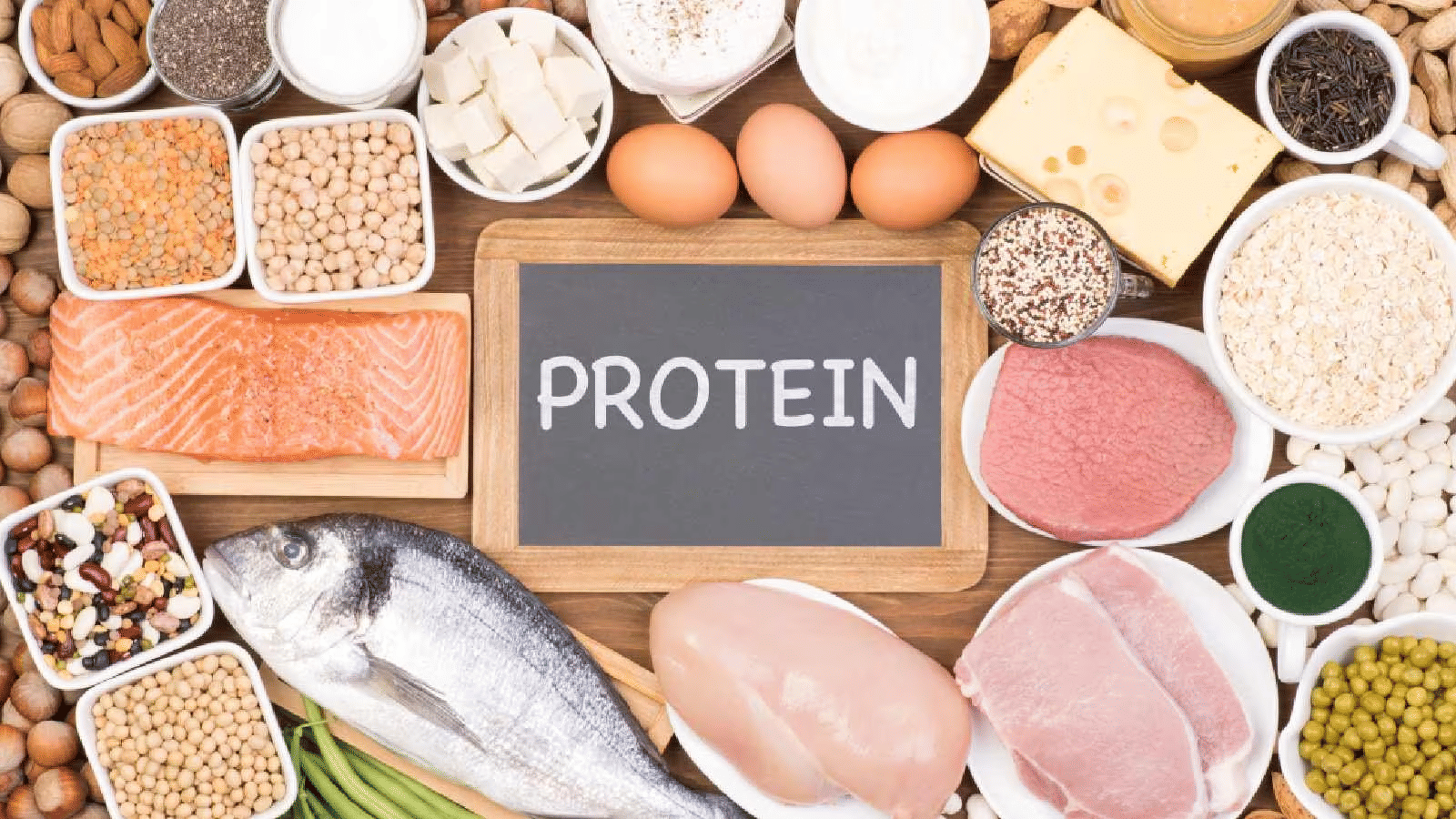MCQ & Extra Questions: Mindful Eating: A Path to a Healthy Body | Science Class 6 PDF Download
Extra Questions
Q1: What are the primary sources of energy in our diet?
Carbohydrates and fats are the primary sources of energy.
Q2: Why is Vitamin C important for our body?
Vitamin C helps the body fight diseases and is essential for the healing of wounds.
Q3: What is roughage and why is it important in our diet?
Our body needs dietary fibers and water. Dietary fibers, or roughage, do not provide nutrients but are crucial for removing undigested food and ensuring smooth bowel movements. They are mainly obtained from plant products.
Q4: What does the presence of an oily patch on paper indicate when testing food?
The presence of an oily patch indicates that the food contains fats.
Q5: What is the significance of a balanced diet?
A balanced diet provides all the essential nutrients in the right amount, supporting proper growth and development.
Q6: What is the role of proteins in our body?
Proteins help in the growth and repair of the body, making them essential body-building nutrients.
Q7: How can you test for the presence of starch in a food item?
By adding iodine solution to the food item; a blue-black color indicates the presence of starch.
Q9: What is goitre, and what causes it?
Goitre is the swelling at the front of the neck caused by iodine deficiency.

Q10: Why are millets considered a healthy food choice?
Millets are rich in vitamins, minerals, and dietary fibers, making them nutritious and beneficial for health.
Multiple Choice Questions
Q1: Which vitamin deficiency causes scurvy?
a) Vitamin A
b) Vitamin B1
c) Vitamin C
d) Vitamin D
Ans: c) Vitamin C
Scurvy is caused by a deficiency of Vitamin C, which is found in citrus fruits like lemons and oranges.
Q2: Which nutrient is primarily responsible for body-building?
a) Carbohydrates
b) Fats
c) Proteins
d) Vitamins
Ans: c) Proteins
Proteins are essential for the growth and repair of body tissues, making them body-building nutrients.
Q3: What food item would you choose for an instant energy boost?
a) Milk
b) Glucose water
c) Paneer
d) Wheat bread
Ans: b) Glucose water
Glucose provides instant energy, making it the preferred choice for a quick energy boost.
Q4: Which of the following is a source of Vitamin D?
a) Mango
b) Sunlight
c) Rice
d) Lentils
Ans: b) Sunlight
Vitamin D can be naturally produced by the body upon exposure to sunlight.
Q5: Which mineral is essential for the formation of hemoglobin in blood?
a) Calcium
b) Iron
c) Iodine
d) Phosphorus
Ans: b) Iron
Iron is a crucial component of hemoglobin, which carries oxygen in the blood.
Q6: Which of the following is NOT a common source of dietary fiber?
a) Green leafy vegetables
b) Fruits
c) White rice
d) Wholegrains
Ans: c) White Rice
Dietary fiber is found in plant-based foods and is important for digestive health. Here’s a breakdown of the sources listed:
- Green leafy vegetables are high in dietary fiber and contribute significantly to fiber intake.
- Fruits are a good source of fiber, especially those with edible skins and seeds.
- Wholegrains are rich in fiber because they contain the entire grain kernel, including the bran, germ, and endosperm.
- White rice, on the other hand, is a refined grain that has had the bran and germ removed during processing, which strips it of much of its fiber content. Therefore, white rice is not a common source of dietary fiber.
Q7: Which vitamin is necessary for maintaining healthy vision?
a) Vitamin A
b) Vitamin B1
c) Vitamin C
d) Vitamin D
Ans: a) Vitamin A
Vitamin A is crucial for maintaining good eyesight and preventing night blindness.
Q9: What is the primary source of protein in a vegetarian diet?
a) Eggs
b) Fish
c) Pulses
d) Chicken
Ans: c) Pulses
Pulses, such as lentils and beans, are excellent sources of protein in a vegetarian diet.
Q10: Which of the following is a deficiency disease caused by lack of Vitamin D?
a) Beriberi
b) Scurvy
c) Rickets
d) Goitre
Ans: c) Rickets
Rickets is a disease caused by a deficiency of Vitamin D, leading to soft and bent bones.
|
100 videos|261 docs|49 tests
|
FAQs on MCQ & Extra Questions: Mindful Eating: A Path to a Healthy Body - Science Class 6
| 1. What is mindful eating and how does it contribute to a healthy body? |  |
| 2. How can mindful eating help in weight management? |  |
| 3. Is mindful eating suitable for everyone, regardless of their dietary preferences? |  |
| 4. Can mindful eating help in reducing stress and promoting overall well-being? |  |
| 5. How can one start practicing mindful eating on a daily basis? |  |





















